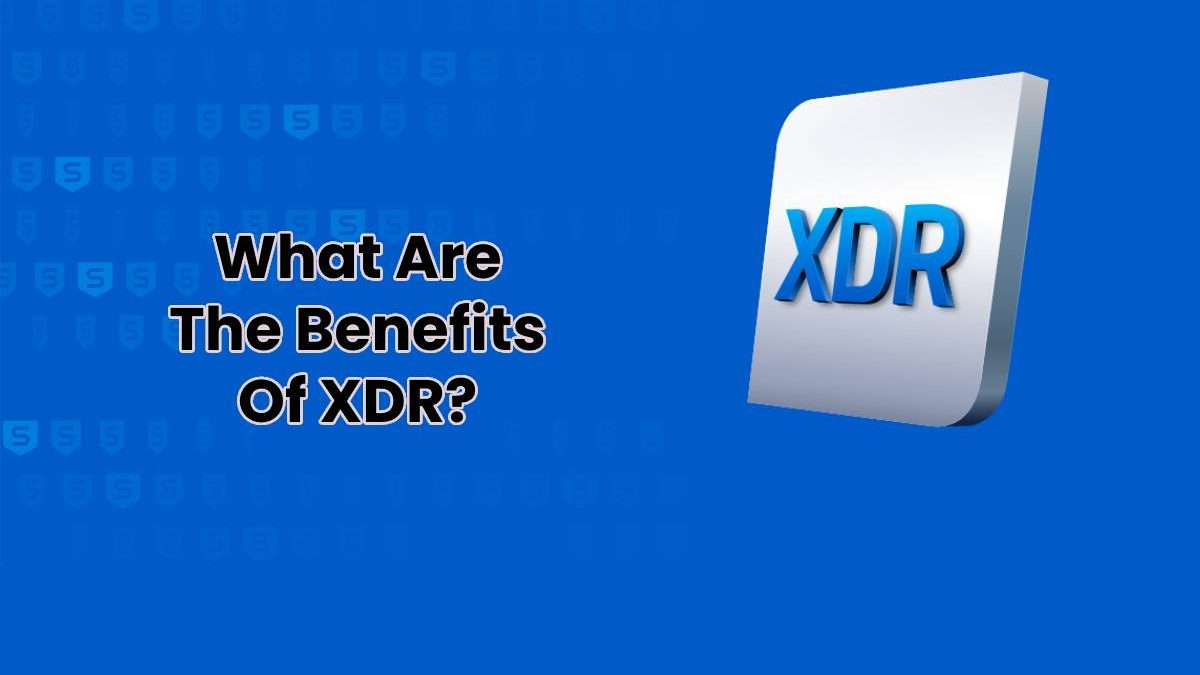What Are The Benefits Of XDR?
XDR platforms allow security analysts to do more with better threat insights as well as response capabilities across their organization’s full IT estate. Here are some of the key benefits:
Table of Contents
1. Visibility
XDR is able to correlate detections from different environments and provide context behind attacks and threats, which allows security analysts to benefit from powerful visualizations and forensics. Security teams are thus able to gain an in-depth understanding of how attacks against their organization are being executed along with their progress in the kill chain.
2. Advanced Detection
The leading XDR tools collect and process numerous signals from across the entirety of your organization’s real estate, using advanced analytics, AI, as well as machine learning to identify complex modern cyber-attacks.
3. Automation
Automated response allows numerous threats, vulnerabilities, and active attacks to be remediated automatically in near real time, which reduces the need for manual intervention by human analysts.
XDR platforms use telemetry from customers throughout the globe to inform their threat detection processes and algorithms, with machine learning always evolving and improving its anomalous signal detection ability and identifying real threats.
Security teams can also create their own custom automation processes capable of running in certain situations and scenarios specific to their industry or threat model.
4. Quick Response
Automation doesn’t just allow security teams to reduce KPIs such as “mean time to respond” (MTTR) and “mean time to detect” (MTTD), but XDR tools also allow security analysts to undertake manual response actions incredibly quickly.
Despite the benefits that automation provides, human intervention is still necessary on numerous occasions, and XDR facilitates this. XDR tools allow security personnel to investigate and manually take action against a threat via a “single glass pane”.
5. Integration
The “single glass pane” is an important element and benefit of numerous XDR platforms. Having an ecosystem of connected security products means that security analysts don’t need to move between disparate third-party products for the purpose of investigating and remediating threats.
Good security depends on a good understanding of the context behind a threat, and a properly-integrated XDR platform can facilitate this. With native integration, XDR products can combine multiple sources of data and aggregate security signals to create security incidents.
The fact that XDR has cross-domain integration, the power to contextualize threats, and the ability to group alerts into single incidents, this usually leads to fewer incidents and allows analysts to experience less alert fatigue.
While connectors exist for the purpose of linking products from multiple vendors, a market-leading XDR platform that integrates natively under a single provider can not only provide a seamless experience but also offer significant benefits.
6. Cost
Organizations that invest in an XDR suite that’s holistically integrated “out of the box” are able to save money by consolidating their multiple security tools with a single provider. It can end up proving to be more costly to combine different third-party products to deliver XDR while making it more difficult to manage and delivering less capability.
7. Prioritization
XDR tools also help support security teams prioritize security incidents that security analysts can investigate and respond to. Vulnerabilities and threats that are detected are often prioritized by severity, which allows analysts to increase both efficiency and productivity by focusing on the most pressing security threats and vulnerabilities.
You can also connect numerous Security Incident and Event Management (SIEM) platforms to your XDR tools.

